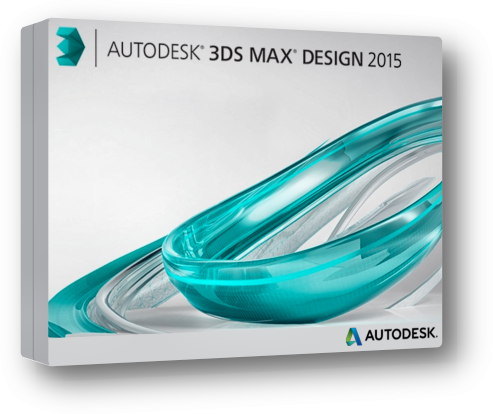

Other mergers with smaller independent manufacturers followed. In 1954, the smaller American Motors Corporation (AMC) was formed when Hudson merged with Nash-Kelvinator Corporation in a deal worth almost USD $200 million ($1.735 billion in 2013 dollars) the largest corporate merger in U.S. The industry grew at a pace never before seen, and the broader industry soon employed one-sixth of the entire American workforce. Their combined market share grew over the following decades, declining only slightly after World War II, but the Big Three soon came to dominate the industry, claiming 94 percent of all automobile sales in 1955, 19. Together they accounted for 70 percent of auto sales. In American automobile parlance, the Big Three refers to General Motors (GM), Ford and Chrysler, each of which had bought out other companies to become conglomerates earlier in the 20th century. Īt least 100 automobile companies had begun operations in Detroit by the beginning of the 20th century, but by the 1920s, the decade that gave rise to the Big Three, Ford was the largest. The 1950s were the pinnacle of American automotive manufacturing and helped shape the United States into an economic superpower. By 1960, one-sixth of working Americans were employed directly or indirectly by the industry, but automation and imports eroded the need for such a large workforce within a couple of decades. The horsepower race had begun, laying the foundation for the muscle car era.Īutomobile manufacturing became the largest industry segment in the US, and the largest ever created the US auto industry was many times larger than the automotive industries of the rest of the world combined. The age of small independent automakers was nearly over, as most of them either consolidated or went out of business.Ī number of innovations were either invented or improved sufficiently to allow for mass production during the decade: air conditioning, automatic transmission, power steering, power brakes, seat belts and arguably the most influential change in automotive history, the overhead-valve V8 engine. By the end of the decade, the industry had reshaped itself into the Big Three, Studebaker, and AMC. The industry was maturing in an era of rapid technological change mass production and the benefits from economies of scale led to innovative designs and greater profits, but stiff competition between the automakers. The post-World War II era brought a wide range of new technologies to the automobile consumer, and a host of problems for the independent automobile manufacturers. The 1950s were pivotal for the American automobile industry. 1957 Chevrolet Bel Air convertible, one of the most iconic autos of the era


 0 kommentar(er)
0 kommentar(er)
